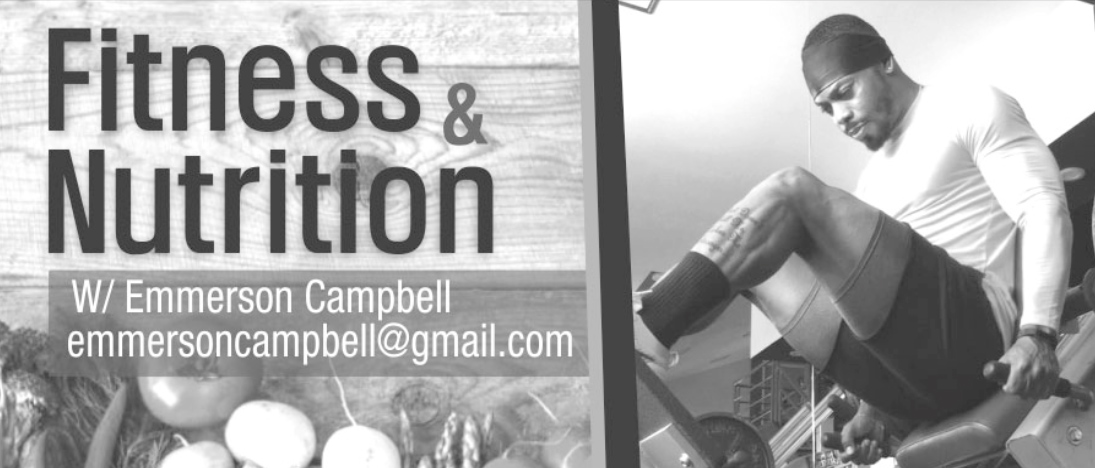Last week, I identified and cleared up five myths you might hear as a new gym-goer. They were: 1) Lifting weights make women bulky and masculine; 2)The longer the workout, the better; 3) More sweat equals more results; 4) You can eat whatever you want as long as you are exercising; and 5) You can get rid of years of habits in 4 weeks. This week, I conclude with five more myths.
No pain, no gain
Pain and soreness should not be used to measure whether you’ve had an effective workout. On one hand, it can indicate delayed onset muscle soreness (DOMS). On the other, it could be a sign your muscle tissue has torn. Workouts with repeat movements can actually worsen the tear, resulting in a more serious injury with time.
DOMS can last up to 48 hours after you’ve completed a routine and your body eventually adjusts. Yet, if you routinely ignore or push through pain, your muscles regularly feel tight or you’re experiencing mobility issues, you may need to step away or even seek medical attention to address the sensation.
You can target certain areas
Plenty of workouts claim to target one area of your body, whether it’s your arms, legs or core. While these routines help build muscle, they likely won’t transform that area in a drastic way. At the same time, focusing strictly on one spot at the expense of other areas does not drive overall change. As a result, many people end up discouraged and give up on exercise altogether.
To combat the spot training myth, target your whole body during a fitness routine. Doing so can help strengthen your muscles and encourage weight loss to produce better overall results.
Morning workouts increase metabolism
Although some people might start their day with a morning workout to feel more alert and increase energy levels, fitness at any time of day offers the same benefit. In fact, studies have shown that if you’re not a morning person, waking up early to work out can throw off your circadian rhythm, causing you to feel tired and sluggish throughout the day and your metabolism to slow.
You should stretch before a workout
While this myth is partially rooted in truth, it’s the type of stretching you want to pay attention to when it comes to injury prevention.
Basic stretches like reaching for your toes are known as static stretching and are more likely to result in an injury. In this position, the muscles are overextended while still cold. In most cases, these actions also have very little to do with your upcoming workout routine.
It’s recommended to warm up through light cardio and dynamic stretches related to the activity you’re about to do, so your muscles are prepared. Dynamic stretching can help a joint maintain, if not increase, its range of motion. At the same time, cardio moves help get your blood flowing. Engage in five to 15 minutes of cardio before starting your exercise routine.
You should detox to lose weight
Over the years, this fitness myth has fueled many juice cleanses. While intermittent fasting has recently received greater attention, removing solid foods from your diet can affect your metabolism long term. If you are working out with specific fitness goals in mind, detoxing can slow down your metabolism, causing your weight to plateau and your body to hold on to fat.
If you are interested in focusing more on your fitness routine and want to avoid common myths that can impede progress, feel free to shoot me an email for advice.






